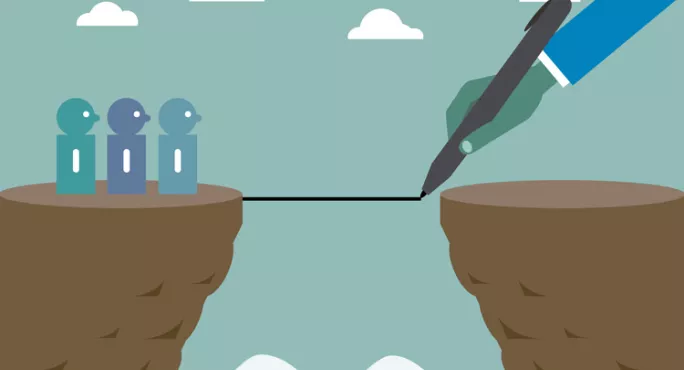Even though we aim for high achievement for all our students, many of us know that our schools fall short. Here are our top five priorities for school progress when it comes to closing the achievement gap.
1. Teacher development
This has become a profession that sees newly qualified teachers start out believing that they should know everything. But we want teachers to recognize that initial teacher training is what it says on the tin; to see it open a door to a profession that allows its members to learn something every day.
This culture of collaboration gives teachers the confidence to speak up if they need support, to search for new ways to reach each child, and to try something new if their first ideas don’t work.
2. Better engagement with parents and carers
Families can help us understand their children - and embracing this idea can help transform a school’s results. Once teachers have worked to establish a relationship with parents and carers, they find that they can enlist family support in helping children reach them.
The smallest details can give schools a clue to what is going wrong for a child, and inspire new ideas to help put it right.
3. Make teachers responsible for struggling pupils
Teachers should stop seeing the learning needs of pupils who are underachieving as the responsibility of the Sendco or the teaching assistant, and instead see them as something that challenges their own teaching and learning. It instils a desire to seek out more effective approaches in pedagogical practice, working in partnership with their team. As a result, teachers and teaching assistants work more closely, sharing ideas before and after interventions, and together they make a bigger difference to the children in their care.
4. Early and immediate interventions
Teachers - often subconsciously - think that the reason a child is not progressing is because of their special educational needs. They think that the solution is finding out what the problem is.
Instead, if teachers meet with and listen to parents and carers about what helps a child at home - and then discuss with their colleagues what might work at school straight away - there is usually a more immediate way to effectively reach the child and get around the problem, instead of accepting that progress will be stalled until a diagnosis is made.
5. Greater equality and more true inclusion
Every child needs to be equal to their peers and fully included in the class group. They need to know that they are understood by teachers and by all of their classmates before they can learn effectively.
Once we recognize this, we can create situations in and outside of the classroom where friendships can be fostered and understanding can grow.
Professor Sonia Blandford is the founder and CEO of Achievement for All and an educational author
@SoniaAFA3AS
This is an edited version of an article in the 5 February edition of TES. Subscribers can view the full version of this story here. Read the full coverage in this week’s TES magazine. To download the digital edition, Android users can click here and iOS users can click here



